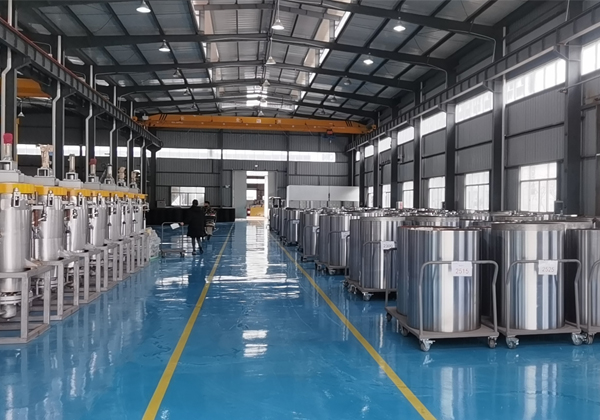- Arabic
- French
- Russian
- Spanish
- Portuguese
- Turkish
- Armenian
- English
- Albanian
- Amharic
- Azerbaijani
- Basque
- Belarusian
- Bengali
- Bosnian
- Bulgarian
- Catalan
- Cebuano
- Corsican
- Croatian
- Czech
- Danish
- Dutch
- Afrikaans
- Esperanto
- Estonian
- Finnish
- Frisian
- Galician
- Georgian
- German
- Greek
- Gujarati
- Haitian Creole
- hausa
- hawaiian
- Hebrew
- Hindi
- Miao
- Hungarian
- Icelandic
- igbo
- Indonesian
- irish
- Italian
- Japanese
- Javanese
- Kannada
- kazakh
- Khmer
- Rwandese
- Korean
- Kurdish
- Kyrgyz
- Lao
- Latin
- Latvian
- Lithuanian
- Luxembourgish
- Macedonian
- Malgashi
- Malay
- Malayalam
- Maltese
- Maori
- Marathi
- Mongolian
- Myanmar
- Nepali
- Norwegian
- Norwegian
- Occitan
- Pashto
- Persian
- Polish
- Punjabi
- Romanian
- Samoan
- Scottish Gaelic
- Serbian
- Sesotho
- Shona
- Sindhi
- Sinhala
- Slovak
- Slovenian
- Somali
- Sundanese
- Swahili
- Swedish
- Tagalog
- Tajik
- Tamil
- Tatar
- Telugu
- Thai
- Turkmen
- Ukrainian
- Urdu
- Uighur
- Uzbek
- Vietnamese
- Welsh
- Bantu
- Yiddish
- Yoruba
- Zulu
Th11 . 18, 2024 11:20 Back to list
Understanding the Basics of V-Belt Drive Systems and Their Applications
Understanding V-Belt Drive Systems
V-belt drive systems are a crucial component in the world of mechanical engineering, power transmission, and equipment design. They play an essential role in transferring power between rotating shafts in numerous applications, ranging from industrial machinery to household appliances. Characterized by their geometric trapezoidal shape, V-belts fit snugly into corresponding grooves on pulleys, facilitating efficient energy transfer.
Understanding V-Belt Drive Systems
Moreover, V-belt drives are known for their ability to absorb vibrations. This characteristic is particularly beneficial in applications where machinery operates under high loads or fluctuating speeds. By dampening vibrations, V-belts help reduce wear and tear on both the drive system and connected equipment, extending their service life and minimizing maintenance costs.
v belt drive

Another notable feature of V-belt systems is their ease of installation and replacement. Unlike chain drives or gear systems, which may require complex alignment and adjustment, V-belts can often be installed with minimal tools and effort. This user-friendly nature makes V-belts a preferred choice in many scenarios, from industrial setups to DIY projects.
In terms of efficiency, V-belt drive systems typically offer up to 98% efficiency, which is impressive compared to other mechanical drive systems. Their design allows for smooth operation at various speeds, making them adaptable to different torque requirements. However, it is crucial to ensure that they are properly tensioned; inadequate tension can lead to slippage and reduced efficiency.
While V-belt drives excel in many aspects, they do have limitations. For instance, they may generate heat when overloaded, which can shorten their lifespan. Additionally, V-belts are sensitive to conditions such as temperature and exposure to oil, necessitating careful consideration during application selection.
In conclusion, V-belt drive systems are vital for effective power transmission in various mechanical contexts. Their advantages of compact design, vibration absorption, and ease of installation make them a popular choice across numerous industries. Understanding their functionality and limitations is essential for engineers and technicians alike, ensuring optimal performance and longevity of the machinery they operate. As technology continues to advance, V-belt drives will likely remain a cornerstone of mechanical power transmission design.
-
Korean Auto Parts Timing Belt 24312-37500 For Hyundai/Kia
NewsMar.07,2025
-
7PK2300 90916-T2024 RIBBED BELT POLY V BELT PK BELT
NewsMar.07,2025
-
Chinese Auto Belt Factory 310-2M-22 For BMW/Mercedes-Benz
NewsMar.07,2025
-
Chinese Auto Belt Factory 310-2M-22 For BMW/Mercedes-Benz
NewsMar.07,2025
-
90916-02660 PK Belt 6PK1680 For Toyota
NewsMar.07,2025
-
drive belt serpentine belt
NewsMar.07,2025

